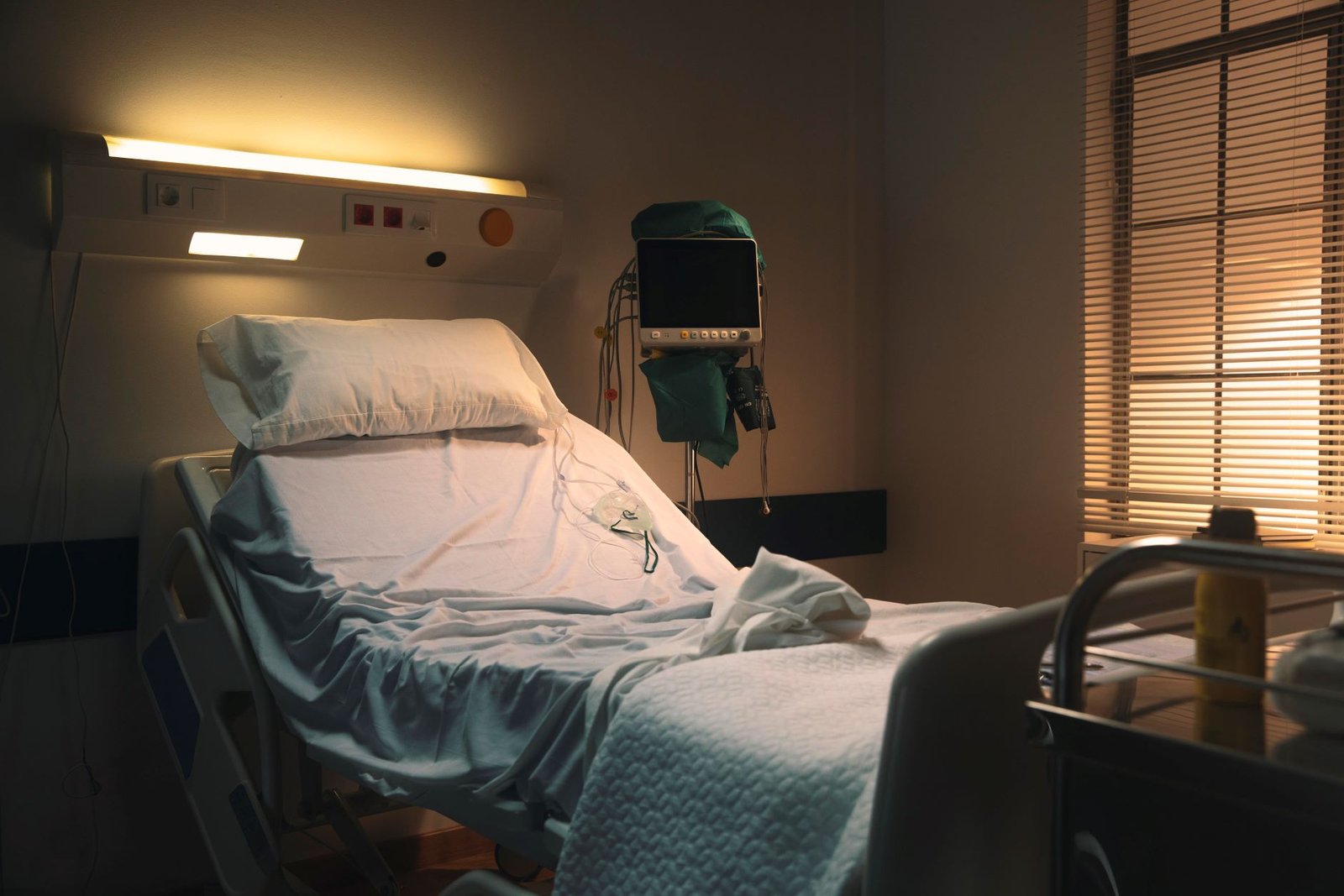
Home ICU Setup
Setting up a home ICU (Intensive Care Unit) is a complex and highly specialized undertaking. It is typically reserved for individuals with severe medical conditions who require continuous monitoring, specialized medical equipment, and skilled healthcare professionals to provide critical care in a home environment
Setting up a home ICU is a highly specialized and resource-intensive endeavor that requires close collaboration between the patient's healthcare providers and a dedicated team of skilled caregivers. It is typically reserved for individuals with severe medical conditions who meet specific criteria for home-based critical care. The goal is to provide the highest level of care while maintaining the patient's comfort and quality of life in a familiar home environment.
Medical Team
A team of highly trained healthcare professionals is essential. This team may include critical care nurses, respiratory therapists, physicians (often intensivists), and other specialists as needed based on the patient's condition.
Monitoring Equipment
A range of medical equipment is required for continuous monitoring and life support, including:
- Cardiac monitors
- Respiratory monitors
- Ventilators
- Infusion pumps
- Pulse oximeters
- Blood gas analyzers
- Intravenous lines and central lines
- Suction equipment
- Emergency medical equipment
Room Design and Safety
Selecting an appropriate room within the home is crucial. It should have enough space to accommodate all necessary equipment and allow for easy access to the patient. The room should have adequate lighting, electrical outlets, and emergency backup power in case of power outages.
Bed and Support Surfaces
Specialized hospital beds or ICU beds may be necessary for patient comfort and mobility. Pressure-relief mattresses or support surfaces can help prevent bedsores.
Medication Management
A secure and organized system for medication storage and administration is essential. This includes medication pumps and systems to prevent errors.
Infection Control
Rigorous infection control measures should be in place to prevent the spread of infections, especially if there are open wounds or the patient is immunocompromised.
Communication and Telemedicine
Reliable communication systems should be set up to allow for quick communication between the home ICU team and the patient's healthcare providers. Telemedicine capabilities may be utilized for remote consultations and monitoring by specialists.
Training and Education
Family members and caregivers should receive extensive training on how to use the equipment, provide care, and respond to emergencies.
Emotional Support
The psychological well-being of both the patient and the family is critical. Psychosocial support services may be necessary to address the emotional impact of the home ICU setup.
Regular Home Visits
Healthcare professionals should regularly visit the home to assess the patient's condition, adjust treatment plans, and provide education and support to caregivers.
Emergency Preparedness
Plans should be in place for responding to medical emergencies, power outages, equipment failures, and other unexpected situations.
